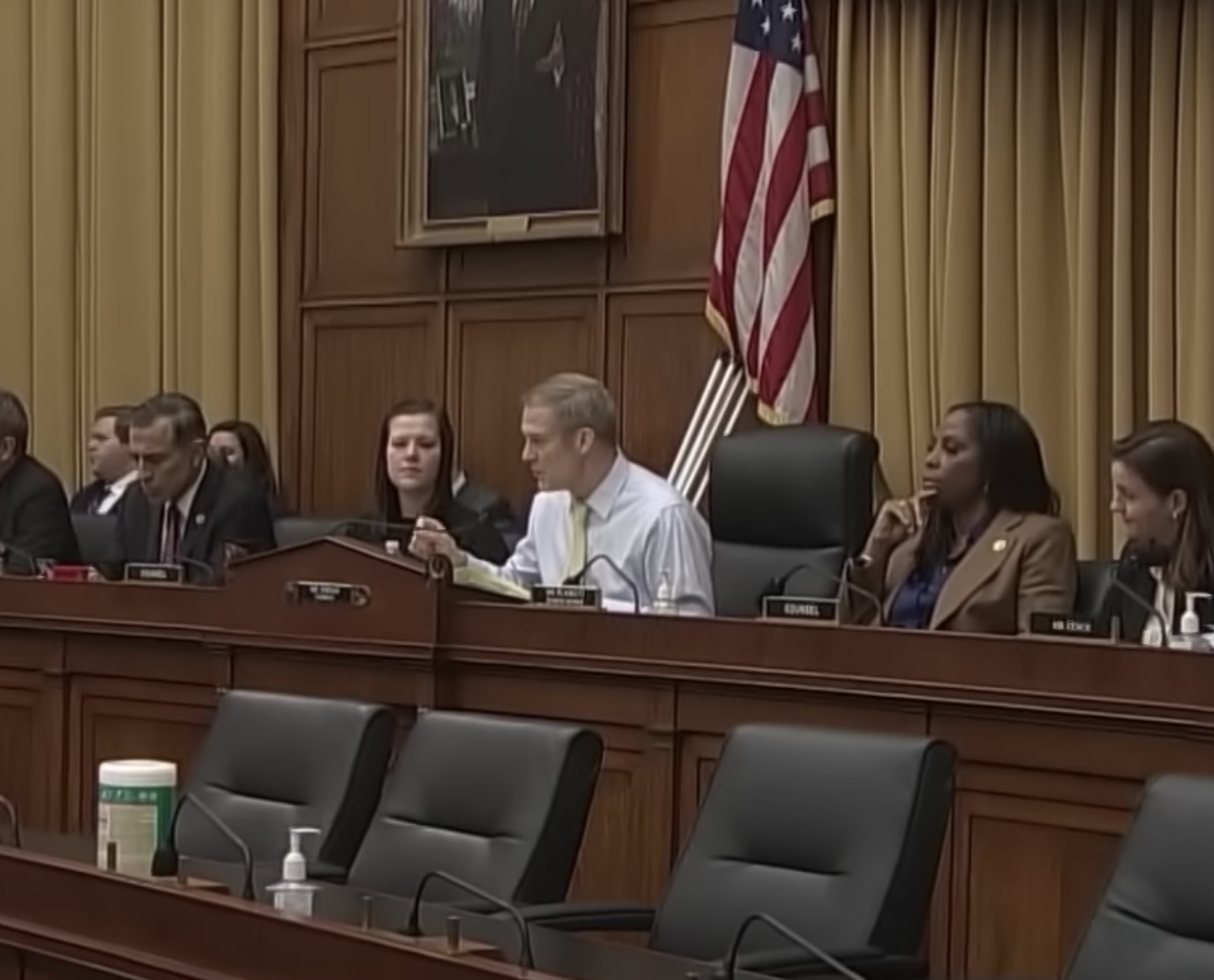Perhaps you, like me, have blithely assumed declining crime rates are due to some wonderfully fortunate combination of social factors.
Not so, says Kevin Drum in a fascinating, recent article in Mother Jones. Citing dozens of crime causality studies, he makes a provocative and convincing case that a generation of children’s exposure to lead has spiked violent crime far more than any other social factors.
The quadrupling of lead emissions into the atmosphere by leaded gasoline in the mid-20th century was followed, 20 years later, by a startlingly similar increase in the crime rate in the ‘60s through the ‘80s. Likewise, when the former declined after the Clean Air Act removed lead from gasoline, so did the latter in a statistical curve suggesting strong correlation, if not causation. Studies in other countries seem to reaffirm this hypothesis.
And Drum asserts that the remaining detritus of lead in the soil and the environment will continue to influence the crime rate until radical and expensive action is taken to remove it. These expenditures, however, will be more than offset by a multi-fold financial benefit in lower health and crime costs, he believes.
Much of the heavy lifting on this issue has been done by Amherst College Professor Jessica Wolpaw Reyes who compared Massachusetts kids’ 1990 lead exposure with their 2000 test scores and behavior problem records. She found even moderately elevated blood lead levels could be responsible for increased adult aggressiveness and violent criminal behavior. Reyes hypothesizes that it may also cause a tendency toward impulsive behavior, ADHD, substance abuse and a host of other social ills.
Unlike most of her colleagues, Professor Reyes writes with a minimum of unexplained geek-speak that is clear enough for even federal pensioners to understand.

Ah, when I think of all the times my case agents and I worked into the night on evidence when all we really needed was a simple blood test to present in court. All kidding aside, though, I would not be surprised if some imaginative defense attorney used high-lead blood levels as defense in a criminal trial — no doubt more plausible than Twinkies, particularly in the sentencing phase of a capital trial.
Drum’s article has stirred up a you-know-what storm of debate among economists and statisticians regarding the methodological validity of the studies he relied upon. An even more contentious wrangling has ensued in response to his clarion call for the U.S. to spend $400 billion in the next two decades to eliminate lead from the environment.
This storm of articles, blogs and essays tosses about terminology such as meta-analysis, regression methods and cohort studies and has generated a feeding frenzy in the many fields involved — neurologists, economists, statisticians, and public health experts. The flurry of debate over the fine points of statistical method and points far finer still seems to obscure the common sense reaction to Drum’s article and Professor Reyes’ studies to the point of immobilizing appropriate response.
Amid the semantic sorties, however, there has not been a single comment by the profession whose job it is to protect the public from crime — law enforcement. Not only are we are not on the sidelines in this contest, we aren’t even in the stadium.
Perhaps we are down the street in some sports bar casually watching others toss this ball around.
Maybe the lead/crime correlation is not causation. Maybe the decline in crime is permanent. Personally, I doubt both propositions. The studies on the effects of even low levels of lead exposure on kids’ sensitive brains seem convincing enough to justify a much higher priority for researching the issue.
Crime and the causes of crime will continue to be a defining issue in this country for generations to come and the lead/crime debate demands more than scientific research alone can deliver. We must broaden the discussion to include a larger perspective, especially from law enforcement leaders.
Why shouldn’t a Presidential commission be convened with representatives from a wide range of disciplines to take a comprehensive and meaningful look at the relationship between the present lead levels in the environment and future criminal activity?
The issue is too important for law enforcement to take a sideline seat, watching while scientists and statisticians parse it to death. Law enforcement needs to assume a leadership role in analyzing and coordinating the views of other disciplines, injecting a healthy dose of real world common sense into the debate.
Perhaps we can make the issue so understandable it can even be understood by moronic politicians. After all, the prevention of crime is our bailiwick — and our responsibility.




